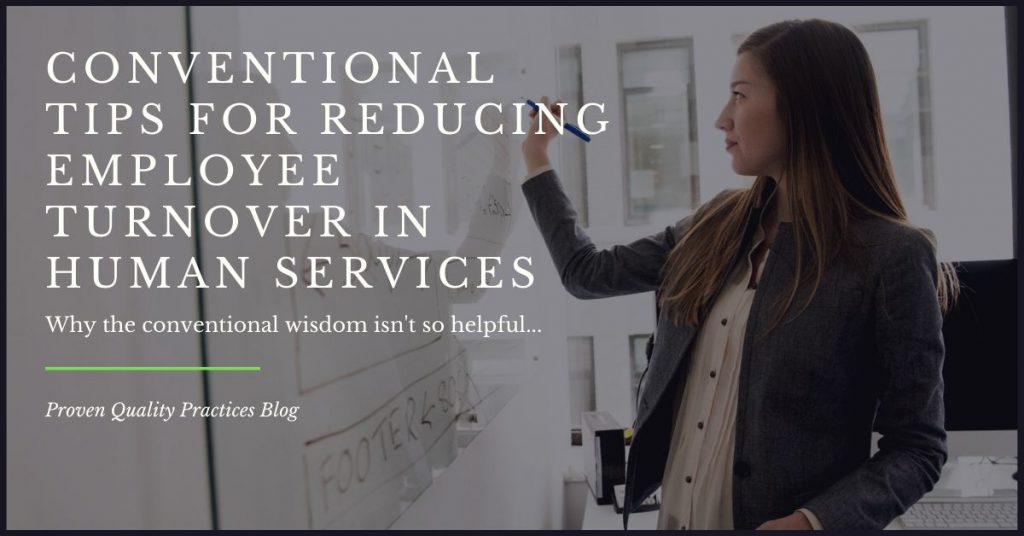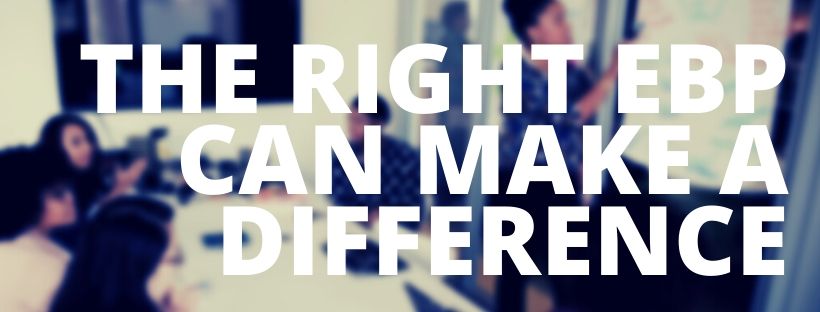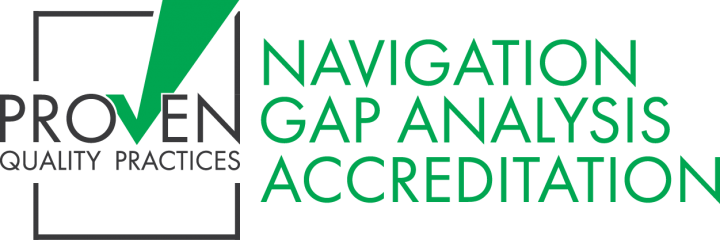Reducing Employee Turnover in Human Services Organizations #1
Is your organization struggling with staff retention? You are not alone. Reducing employee turnover in human services organizations is a constant hurdle. In fact, many human services organizations experience turnover rates as high as 40 percent, more than double the average turnover rate across industries of around 19 percent.1
This blog takes a look at the conventional wisdom around reducing employee turnover in human services and offers real practice insight that community organizations can actually use. It also kicks off a series of blogs with a depth of our insight into how assessing organizational culture and implementing a well fit evidence-based practice can help your organization break the vicious circle of employee turnover.
Acknowledging the Turnover Problem
If you've found your way here, you probably get it. It’s likely no news to you that turnover has serious implications for human service organizations. The loss of capable employees affects everything from staff morale and productivity to the overall effectiveness and outcomes of services provided to clients and the community.
Employee turnover also creates vicious circles that cause more turnover. Employees leaving suddenly often increases work and case burdens on remaining employees, leading to burnout. High rates of employee turnover can even affect an organization's reputation as an employer, leading to fewer applicants.
But simply acknowledging a problem is not the same as uncovering its solutions, though it is a critical first step. And unfortunately, dead-end Google searches lead us to the same platitudes and limited insights.

Conventional Tips for Reducing Employee Turnover in Human Services
There is just so much content—generally geared towards large business and human resource professionals—offering suggestions of how to reduce employee turnover, like tips for hiring the “right” employees. We personally think these lengthy lists verge on platitude—they just aren't that helpful, especially when leaders of community organizations sometimes feel like they are dealing with constant staff shortages and the need to fill positions ASAP.
You'll also find a lot of articles touting the latest buzz concepts, like incorporating artificial intelligence to analyze factors pushing employees out the door. Even if your organization could afford this kind of enterprise-level solution, it probably wouldn't be that helpful. In fact, a lot of the conventional tips for reducing employee turnover in human services probably wouldn't be that helpful for much the same reason.
The conventional, business world wisdom says you need to collect data, track and analyze the factors leading to burnout and turnover. But in the human services world, those factors are fairly transparent. Turnover is high across the industry, and it's no secret as to why. You're probably exceedingly familiar with them.
Why do employees leave human services organizations?
- The work is hard.
- The work is emotionally taxing.
- Sometimes, the work feels thankless or not rewarding.
- Employees often face an additional burden of staffing shortages.
- And they could probably get paid a bit more somewhere else.
Does that sound about right? Leaders of human services organizations know the obstacles they face—they need practical insight into how to overcome them.
So, how do we reasonably move beyond the repeated, intuitive assertions that a “better” workplace environment will result in more engaged employees, greater “employee embeddedness,” and reduced turnover? That’s the question this blog series will seek to answer, with a deeper and practical look at measuring organizational culture, climate, and how the use of a well-fit evidence-based practice can help.
We'll explore culture in greater depth in our next blog, but I don't want to leave you empty-handed. We do have some insight from our practice networks which can help you moving forward.
Reducing Employee Turnover in Human Services: Practice Insight
Here's some high-level advice and insight we've garnered from our experience, research and practice networks. If turnover is a constant bogeyman for your organization, you'll want to frame the issue in these ways going forward.
1. As much as possible, take the long view.
When dealing with staffing shortages in human services, it can be extremely difficult to take the long view in your hiring practices and processes. Often, this might lead to the filling of roles by any interested candidates rather than candidates that are well-prepared for the work. Organizations may get in the habit of band-aiding services with candidates who may be ill-prepared for real-world work in human services in general.
But employee turnover is often a vicious circle, and to break that pattern, you need to take a longer term view about filling positions. That might mean risking scaring some candidates away by being honest about the difficulty of the work upfront. It might also mean investing more into training and on-going support for new hires.
2. Implement evidence-based practices.
Taking the long view might also require a holistic review of your organization's services. Ensuring that your services truly work to promote client outcomes will ensure that your employees have better feedback loops in their work with clients. And utilizing evidence-based practices can have a large impact on your entire organization.
We know that a sense of self-efficacy is a resiliency factor that can prevent burnout. Insight from our practice networks confirms that evidence-based practice can empower direct care staff and ultimately promote staff longevity. Evidence-based practice also often includes intensive staff training and on-going support which can be crucial to on-boarding and keeping new hires.
3. Take culture and climate into account.
While there are no one-size-fits-all approaches to organizational management, culture, or change management, there are best practices which can help you better navigate or even improve upon your organization's unique culture and circumstances. Strengths-based evidence-based practices with strong training and on-going practice support systems, for example, can instill a strengths-based culture from the practice level all the way to leadership, and facilitate stronger communication throughout the organization.
I apologize—I know this one verges on platitude without context. In our next blogs, we'll dive deeper into what organizational culture and climate actually are, why they are important, and how you can measure them.

Our EBP Resource Can Help in Reducing Employee Turnover
PQP's individualized evidence-based practice navigation guide and practice matching report can help community organizations in human services do all three of the above. The resource is designed to help organizations do an in-depth self-assessment that will ultimately empower them in evidence-based practice selection and implementation. It also provides a great deal of value in terms of deeper, more specific and individualized practice insight into the user's organization and into particular evidence-based practices that might be a good fit.
If you want more insight into reducing employee turnover in human services, you can keep reading our blogs as they come out, or you can take the leap to get access to this resource.
If you'd still like more information about the kind of insights this report can provide your organization, we do offer a six-page sample of one of our reports that will show you first-hand.
